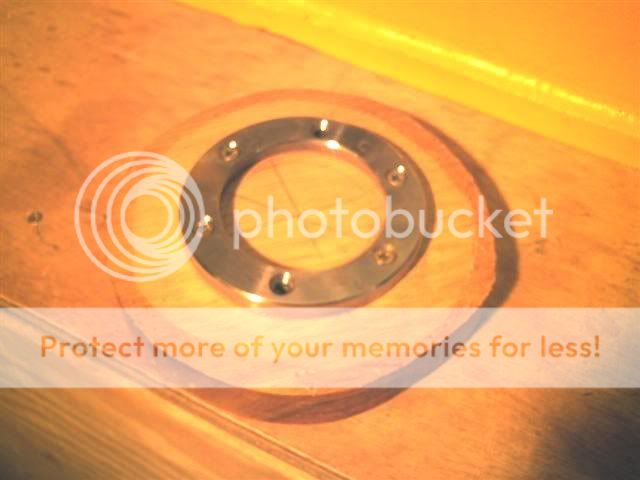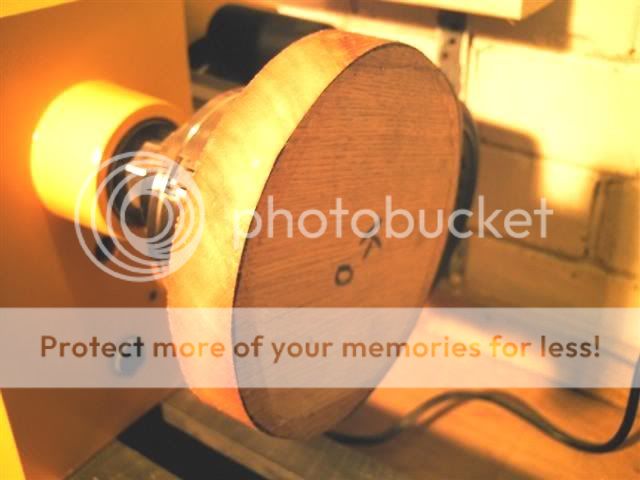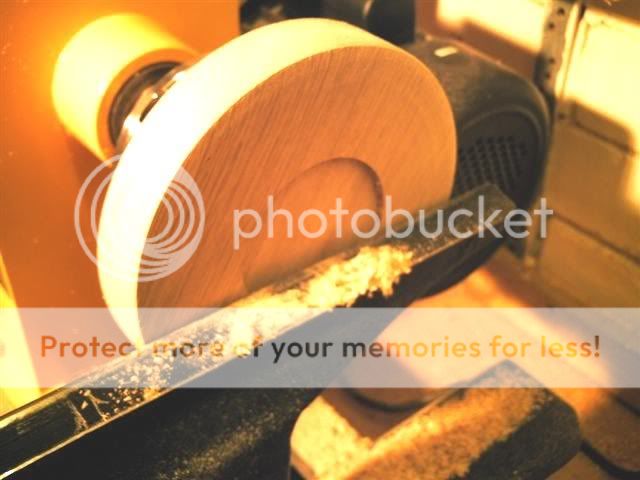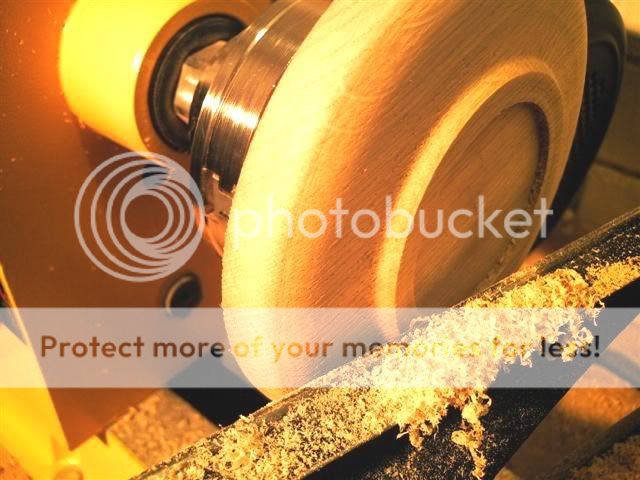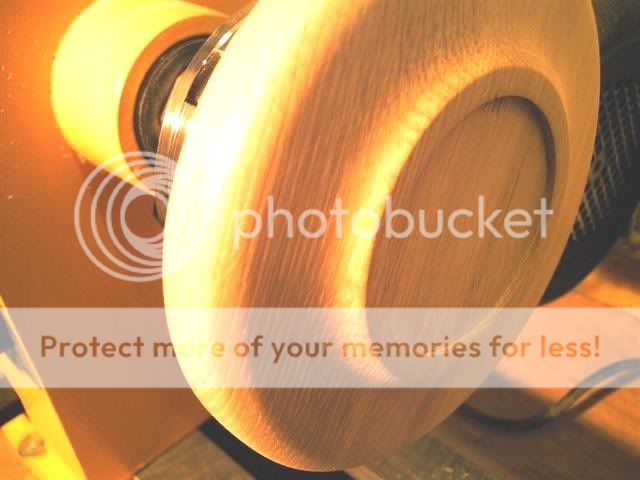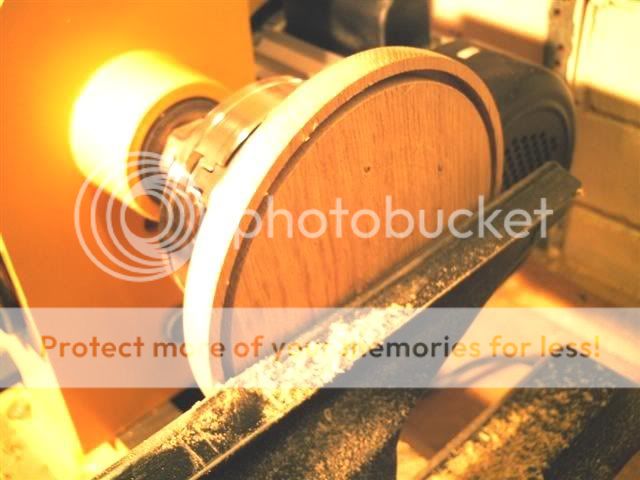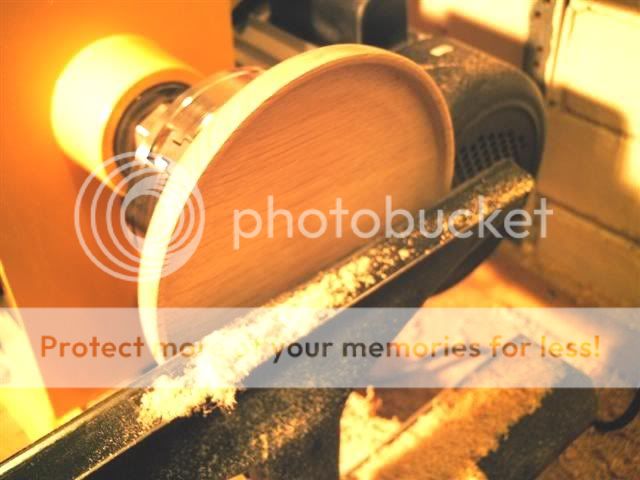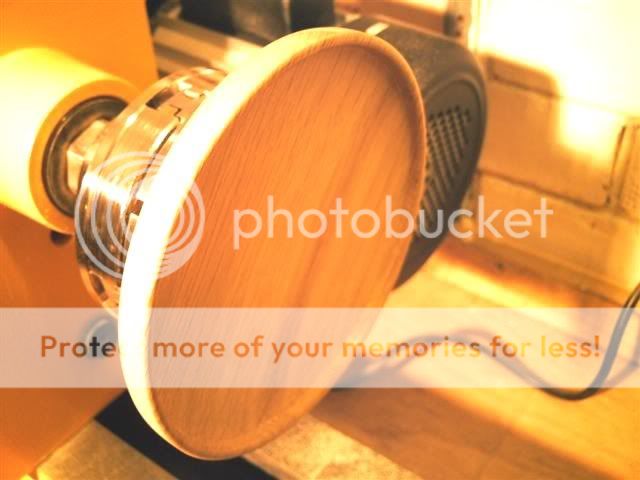Hi gents
Any chance when you do your next turning you can do a set of work in progress photos for us new chips on the block ??
would help out so we can see if it looks the same as ours " before it finished
Its nice to see the finished items as well


Any chance when you do your next turning you can do a set of work in progress photos for us new chips on the block ??
would help out so we can see if it looks the same as ours " before it finished
Its nice to see the finished items as well





